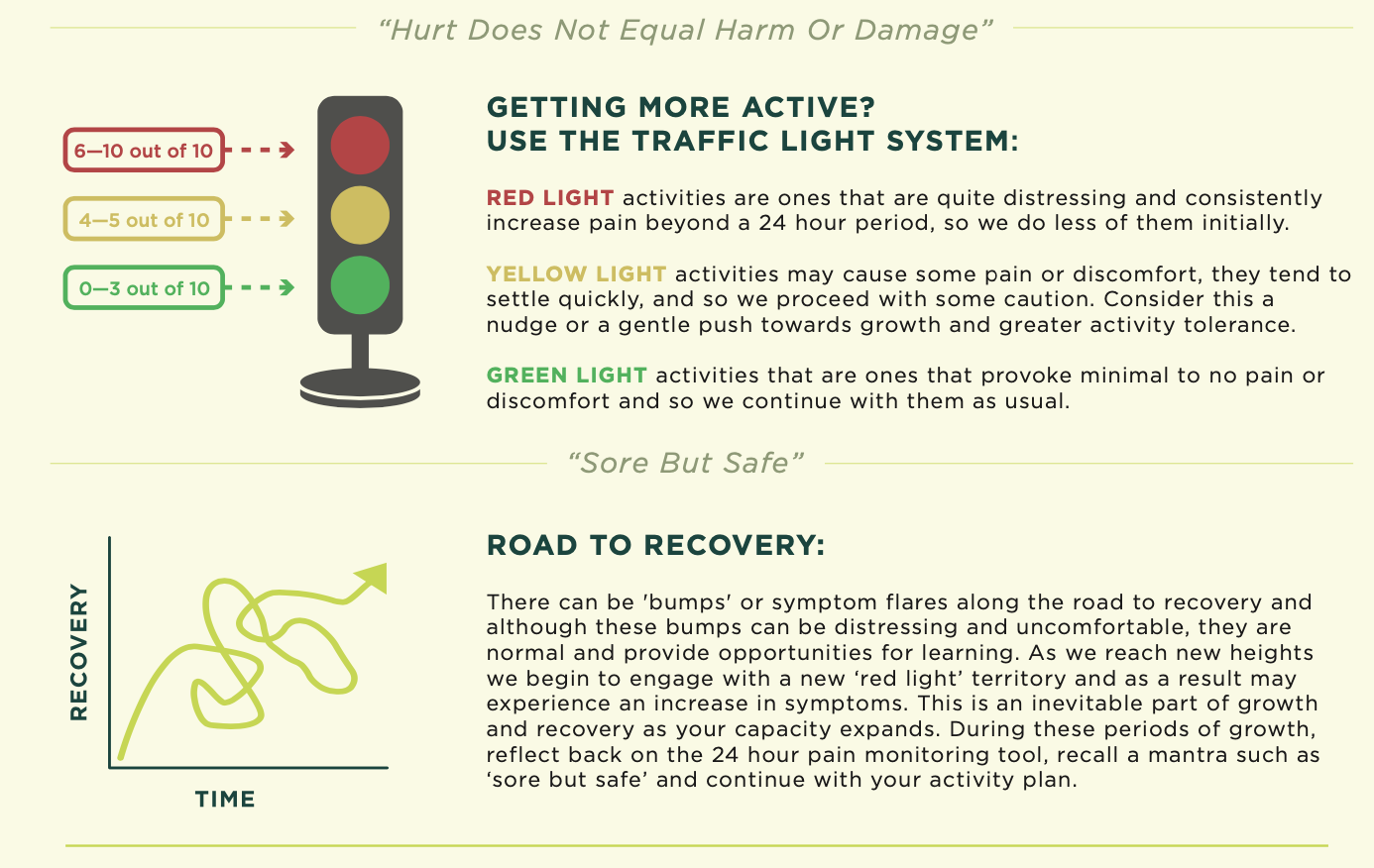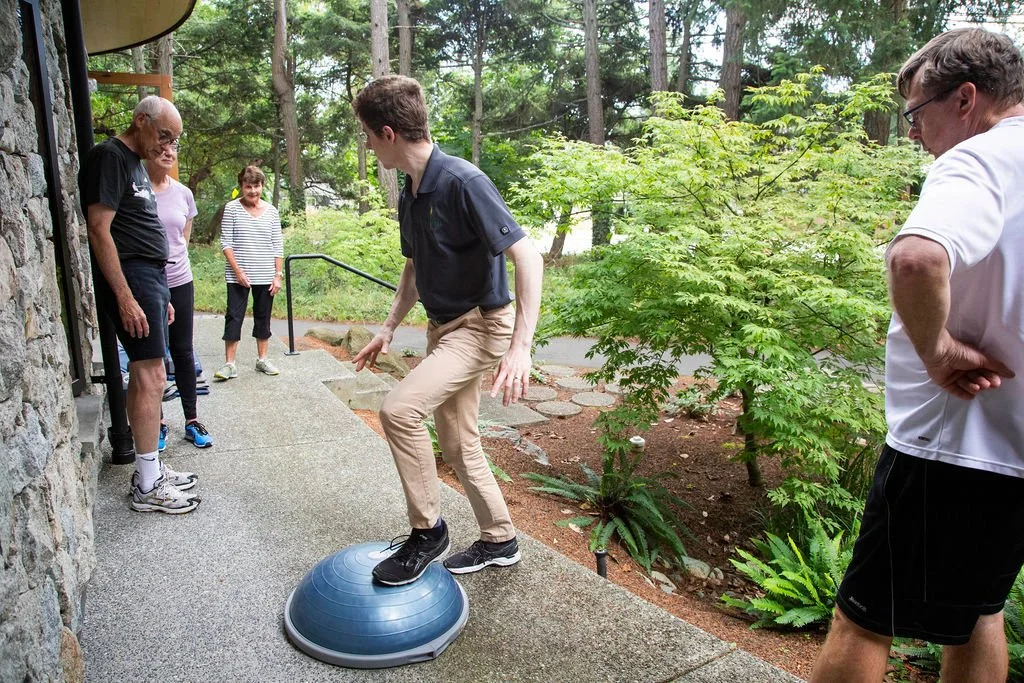Relapse Planning: How to Bounce Back and Stay on Track
Setbacks are not failures. They're part of the process.
When you’re dealing with persistent pain or building new habits to support your recovery, it’s not a straight line. Some days feel like you’re making real progress. Others? Not so much. Maybe pain flares up. Maybe life gets busy. Maybe your plan just slips.
That’s not failure. That’s reality. And the best way to deal with it? Plan for it.
🔁 Pain Flare-Ups: What to Do When the Volume Spikes
One of the most frustrating parts of persistent pain is how unpredictable it can feel. You might have a great week — feeling stronger, more confident — and then bam… one small thing triggers a flare-up.
Have you been here before?
Most people have. It’s what many call the "pit of despair" — that moment when your mind starts reeling:
“I thought I was getting better.”
“What did I do wrong?”
“Am I back to square one?”
This reaction is completely normal — and it's par for the course in recovery. Setbacks don’t mean failure. They’re just part of how our nervous system learns and adapts. What matters most is how you respond.
Here’s the good news: flare-ups don’t mean you’ve “undone” all your progress. They just mean your system is feeling a little sensitive — and needs a reset.
Flare-up Planning Tips:
✅ Have a calm-down plan ready.
This could include:
Taking a brief break from heavier activity
Gentle movement or stretching
Heat or ice
Short walks or breathing exercises
Scaling back to previous exercises that felt safe
✅ Use the 24-hour rule.
If your pain increases but settles within a day — that’s okay.
If it lasts longer, reduce the load or frequency and return to what felt manageable.
✅ Settle the mind.
Pain is an alarm system, not a damage detector. You didn’t “break” anything — your system is just signaling for a breather.
⚙️ Habit Setbacks: When You Fall Off Track
Let’s talk honestly: sticking to a program is hard. Even if you’re highly motivated, life happens. You travel. You get tired. You forget. And suddenly, it’s been a week (or two) since you last did your exercises.
This is not the time to feel shame or guilt.
Instead, try this:
Behavioural Science Tips to Reboot Your Routine
1. Shrink the behavior.
Instead of saying “I’ll do 3 sets of every shoulder exercise,” start with:
➡️ “I’ll do 1 set of one movement.”
Once you’ve started, you’ll often keep going — but even if you don’t, you’ve still won.
2. Use habit stacking.
Pair your exercise with something you already do:
➡️ After brushing your teeth, do 10 arm raises.
➡️ While your coffee brews, do a wall push-up.
This makes it easier to remember and do consistently.
3. Track your small wins.
Progress isn’t always pain relief. It’s being able to reach a little higher, sleep a little better, or feel more confident.
➡️ Write down one small improvement each week.
4. Be kind to yourself.
Missing a few days doesn’t erase your progress. In fact, planning for setbacks increases your chance of long-term success.
Your Next Step: Plan for the Setback, Celebrate the Comeback
Recovery isn’t about being perfect. It’s about building resilience — in your body, and in your behaviour.
Take a moment to ask yourself:
“What’s one small action I can do today — even if I’m tired, busy, or sore?”
“What helps me bounce back when I fall off track?”
“Who can I lean on for support when I’m stuck?”
If you need help building or revisiting your plan, start with one repetition. If you are really stuck, we’re here!
👩⚕️ Book a check-in with a physio →
You don’t need to be flawless. You just need to stay flexible. That’s how real, lasting recovery happens.

































